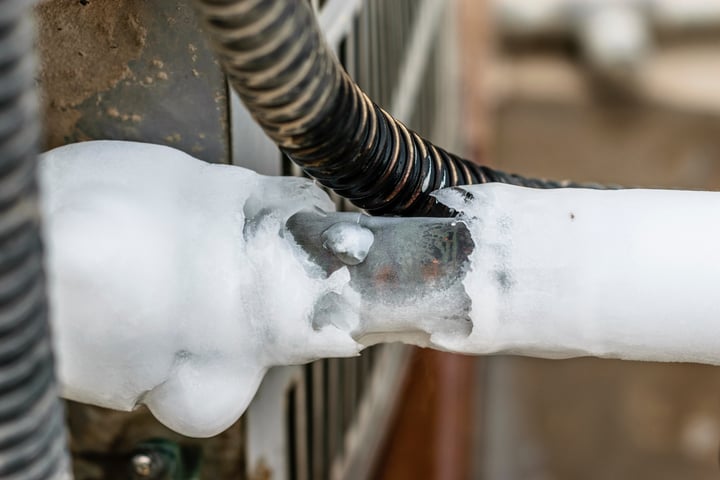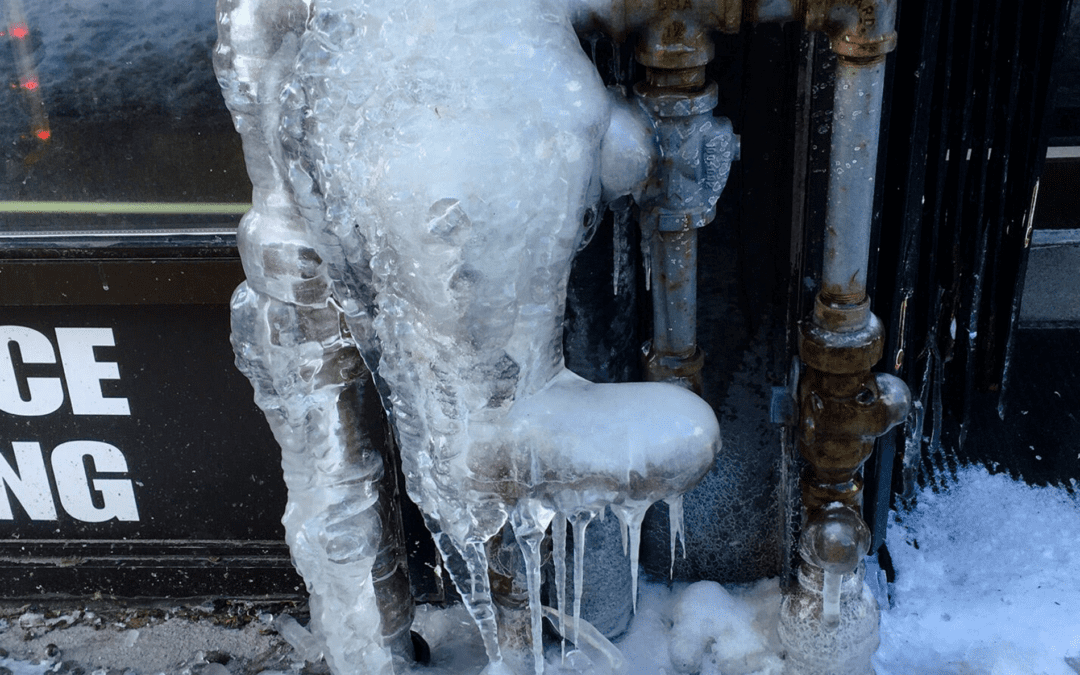Identifying a Frozen AC Pipe - Effective Solutions for House Air Conditioning Systems
Identifying a Frozen AC Pipe - Effective Solutions for House Air Conditioning Systems
Blog Article
The author is making a few great observations on What Causes AC Pipes To Freeze? in general in the article underneath.

Introduction
Uncovering that your AC pipeline is iced up can be concerning, especially during warm summer season when you rely on your air conditioning unit the most. Understanding what to do in such a situation is crucial to stop further damages to your air conditioning system and guarantee your comfort inside.
Understanding the Causes
A number of aspects can add to the cold of an a/c pipe. Recognizing these causes can help you address the concern successfully.
Lack of Airflow
One typical root cause of a frozen AC pipeline is inadequate air movement. When the air flow over the evaporator coil is limited, it can trigger the coil to go down below freezing temperature, bring about ice formation on the pipe.
Low Refrigerant Levels
Not enough refrigerant degrees in your AC system can also cause a frozen pipeline. Low refrigerant levels can create the stress in the system to go down, bring about the cold of moisture on the evaporator coil.
Cold Weather Conditions
In chillier climates, freezing temperatures outside can contribute to the freezing of AC pipelines. If your AC system is not effectively protected or if there are leakages in the ductwork, cool air can penetrate the system, creating the pipe to freeze.
Dirty Air Filters
Filthy or blocked air filters can restrict airflow in your air conditioning system, bring about various issues, consisting of a frozen pipeline. It's essential to change or cleanse your air filterings system routinely to make sure correct air flow and protect against ice accumulation.
Indicators of a Frozen Air Conditioning Pipe
Recognizing the indications of an icy air conditioning pipe is crucial for timely activity.
Minimized Airflow
If you discover a significant decline in air movement from your vents, it could indicate a frozen pipe.
Ice Buildup on the Pipe
Visible ice buildup on the cooling agent line or the evaporator coil is a clear indication of an icy a/c pipe.
Weird Sounds from the Unit
Uncommon sounds, such as hissing or gurgling, coming from your AC device can indicate that there's ice existing on the pipeline.
Immediate Actions to Take
When confronted with a frozen a/c pipe, it's essential to act promptly to avoid further damage to your air conditioning system.
Shutting off the a/c
The initial step is to turn off your air conditioner to stop the system from running and intensifying the concern.
Checking for Blockages
Evaluate the area around the interior device for any type of obstructions that might be blocking air flow, such as furnishings or drapes.
Defrosting the Pipe
You can use gentle approaches like putting towels taken in warm water around the frozen pipe to help thaw it slowly.
Preventive Measures
Taking safety nets can assist stay clear of future events of an icy a/c pipeline.
When DIY Methods Fail
If your efforts to thaw the pipeline or address other concerns are not successful, it's time to employ a professional.
Significance of Hiring a Professional HVAC Technician
A licensed HVAC specialist has the experience and devices essential to diagnose and repair issues with your a/c system safely and properly.
Regular Maintenance Checks
Arrange normal upkeep consult an expert HVAC professional to guarantee that your a/c system is running successfully.
Altering Air Filters
Regularly replace or clean your air filters to avoid air flow constraints and keep optimal performance.
Protecting Exposed Pipes
If your a/c pipelines are exposed to chilly temperature levels, take into consideration shielding them to stop cold throughout winter months.
Seeking Professional Help
If DIY methods fail to fix the concern or if you're unsure about how to proceed, it's best to look for assistance from a qualified HVAC specialist.
Final thought
Taking care of an icy air conditioner pipe can be an aggravating experience, however recognizing exactly how to react can assist minimize damages and bring back comfort to your home. By recognizing the causes, acknowledging the indications, and taking prompt action, you can effectively attend to the problem and avoid future occurrences.
What to Do If Your AC Line Is Frozen
Make Sure All Supply and Return Air Vents Are Open
If you notice problems with airflow, the first thing you should do is check your supply and return vents. Supply vents distribute clean, conditioned air throughout your home. As this air becomes stale, it’s pulled into the return vent, where it’s reconditioned before being sent back out through the supply vent.
When these vents are closed, air won’t flow in the home. Before examining your AC, check the vents in every room and ensure they’re all open.
Check for a Dirty Air Filter
Another possible cause of limited airflow is a dirty air filter. Your air conditioner’s filters catch elements you don’t want to breathe in, such as dirt and dust. Over time, filters can become clogged, ultimately blocking air from flowing in and out. The lack of airflow can then cause the entire coil to freeze and will completely restrict any air from moving through it. The AC may need to be powered off for one to two days to allow the coil to thaw after replacing the filter to allow proper functioning of the unit. This debris can also accumulate on your AC’s evaporator coil, requiring a more serious repair. In general, air filters should be cleaned regularly (about every two weeks).
Assess Your Outdoor Unit
In addition to checking your AC, assessing the outdoor unit is a good idea. Also known as the condensing unit, it works with your interior unit to release heat outside. An issue with the outdoor unit can result in rising internal temperatures.
Overgrown Shrubs or Clogged Leaves
From leaves and twigs to shrubs and debris, there’s no shortage of outdoor elements that can accumulate around your condensing unit. When these elements get lodged inside the unit, they can block airflow. Fortunately, removing the blockage can solve the problem.
Sounds of a Broken Fan
Shrubs and leaves aren’t the only things that can impede your outdoor unit’s airflow. If the fan is broken, the unit won’t be able to properly get rid of heat — which means the internal temperature won’t go down. First, make sure the fan is spinning. If it is, check for the following sounds of a broken fan:
Buzzing Rattling Screeching Hissing Clicking Preventative Measures
Nobody wants to deal with a frozen AC line. In addition to causing problems with your air conditioner, they require professional repairs. On the bright side, there are preventative measures you can take to help ensure this issue doesn’t arise in the first place.
https://www.coopergreenteam.com/blog/what-to-do-if-ac-line-frozen

Do you like reading up on What Do I Do If My AC Pipe Is Frozen? Try to leave a short review below. We will be interested to listen to your opinion about this write up. We hope to see you back again soon. Sharing is caring. Helping people is fun. Many thanks for your time. Don't forget to visit our website back soon.
Suggested Site Report this page